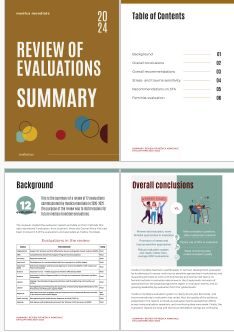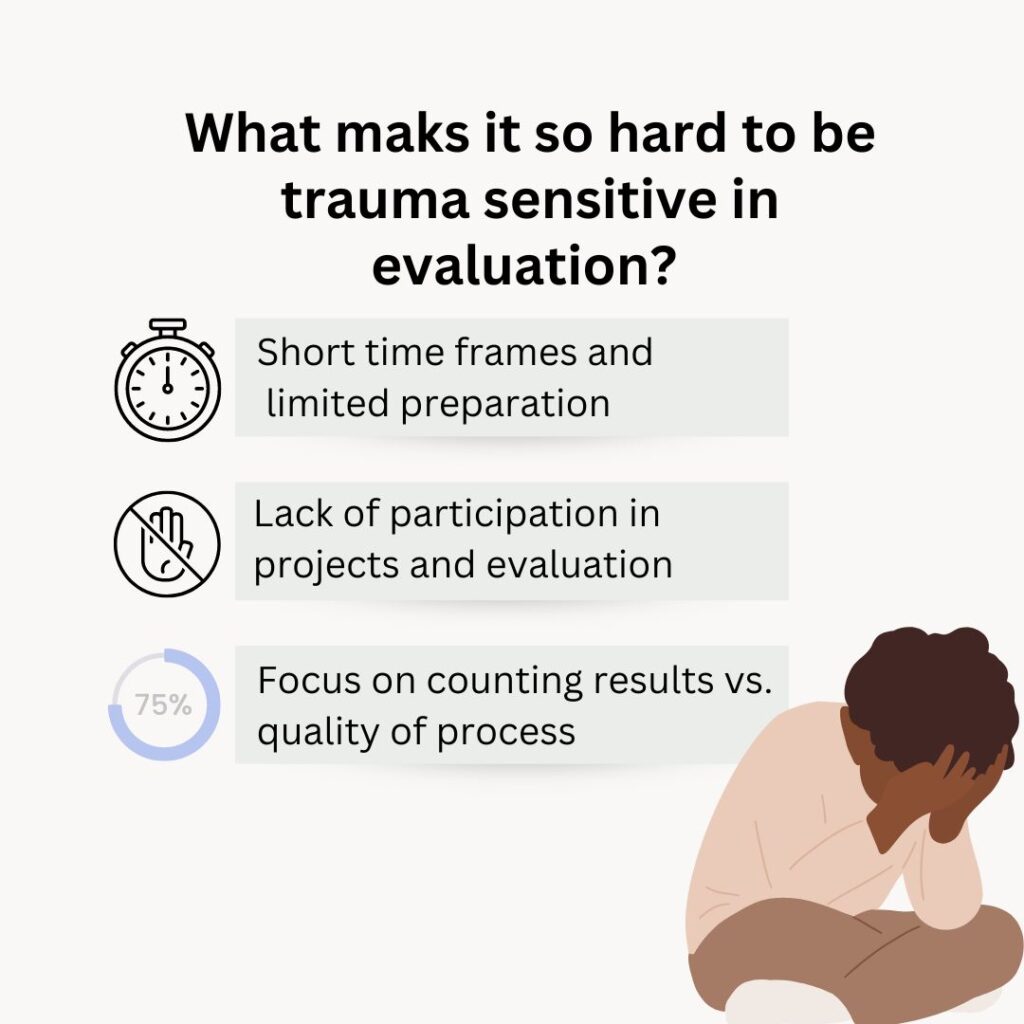Mercy with white old men
Everyone can contribute to more equality between genders and people in general, regardless of one's gender, age, skin tone, social class and other aspects. Everyone can do that from their current place in society. But people who are near the top of ...


